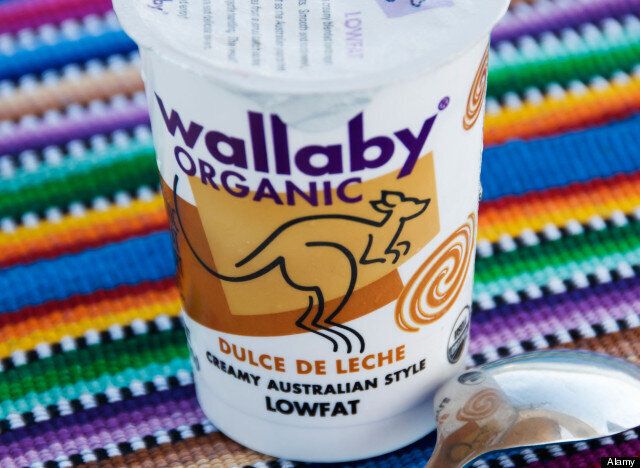
Reading nutrition labels is one of the basic principles of healthy eating, but reading them does not always mean we understand them. In an effort to reduce consumer confusion, Health Canada recently proposed changes to the way packaged foods and beverages are labelled. The proposed labels will have approximately 12 changes, ranging from how it looks, to listing new portion sizes, to updates on vitamins and how much sugar is in a product.
As a dietitian, I am often asked to help clear up misunderstandings about nutrition fact tables. Consumers are savvy but often need help interpreting more of the "scientific" parts of the label, such as what a %DV means, how much of a nutrient is a lot or a little, and why fibre and sugar don't add up to equal the total carbs. After closer examination, some of the proposed changes might actually fuel confusion.
One of the most widely-discussed changes would require food manufacturers to clearly state the amount of sugar added to packaged products. This move follows similar proposed plans happening in the U.S., and is intended to address rising obesity rates and concern from parents who want better information about sugar, particularly when choosing products for their families. However, there a lot of misconceptions about sugar and the proposed revisions may do little to address obesity and public health. This will instead increase misunderstandings of sugars by suggesting that there is something different between added versus natural sugar.
Dietitians and the scientific community currently agree -- all sugars are generally treated the same in the body, and in the end, a sugar is a sugar. It is the trend these days to vilify sugar but as most health professionals will tell you, all ingredients, foods and beverages -- including fruits, yogurt, ice cream and soft drinks, can be consumed in moderation when part of an active, healthy lifestyle.
There are positive changes that I see, however. If you're like me, you may not be mathematically inclined, and having to calculate the nutrition facts in the grocery store is no easy task. I welcome this change for me, my family and my clients. Health Canada is entering the 21st century with proposed revision to list the vitamin that Canadians are more interested in consuming. With our long winters and lack of sunlight, knowing how much vitamin D a product contains is more relevant that knowing the vitamin C content.
Another of the changes would ask manufacturers to list serving sizes to be a better reflection of what people typically eat at one sitting, such as two slices of bread. Currently, there are no guidelines regarding what this portion size should be, so the manufacturers decide on the portion. This can be confusing or misleading for consumers since the portion sizes typically eaten and those on the facts table are often different, forcing the consumer to estimate how much of everything they are eating.
Have your say
Updates to the nutrition facts table are certainly needed and welcomed after more than 10 years of its introduction. Heath Canada has launched a series of online public consultations on the proposed changes and is taking feedback until September 11, 2014. Let's not squander this opportunity to enhance food labels while making them easier to interpret.
ALSO ON HUFFPOST:
